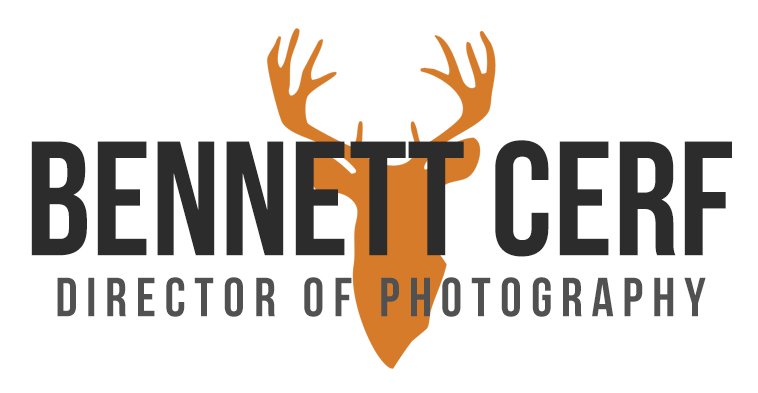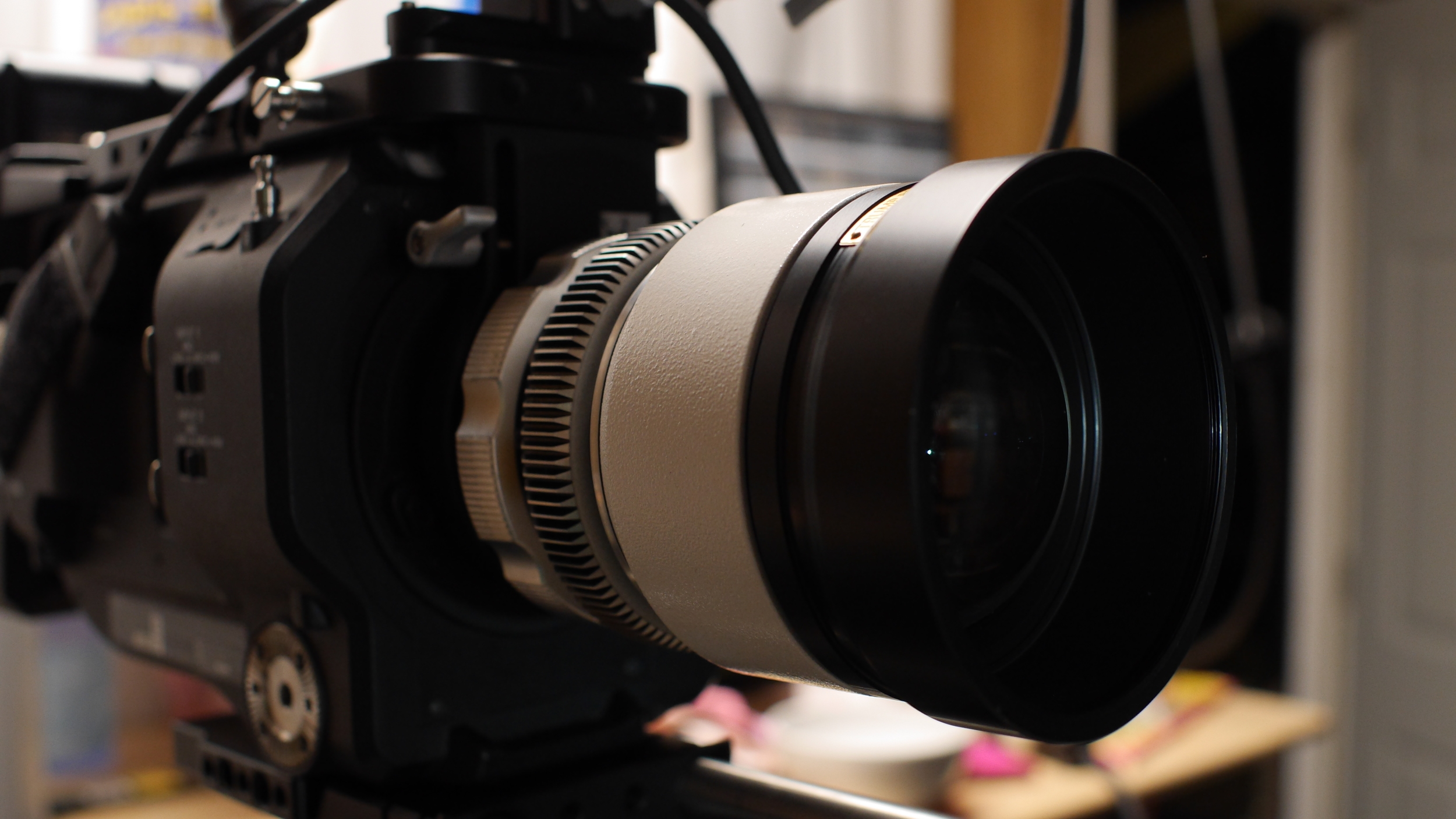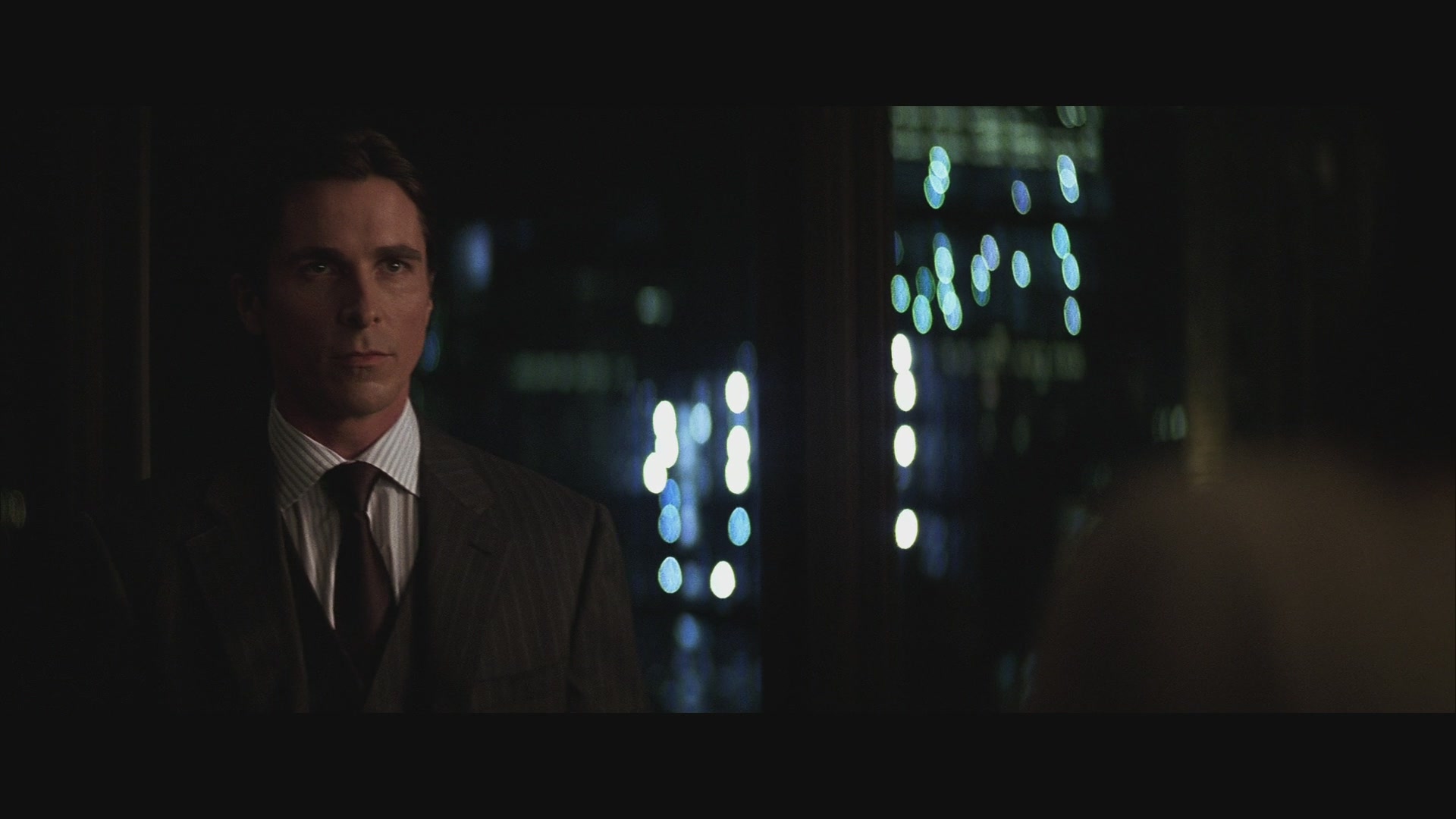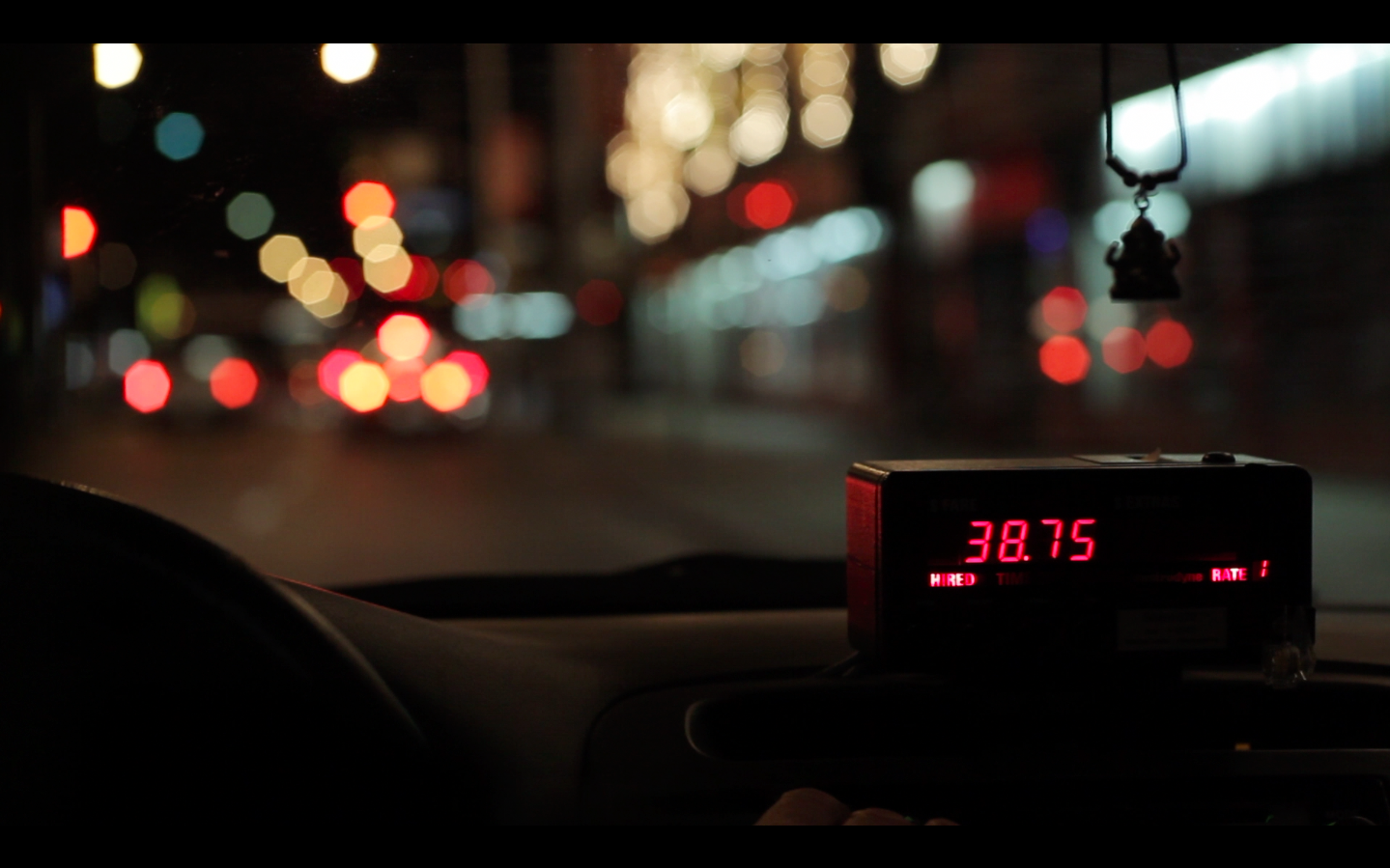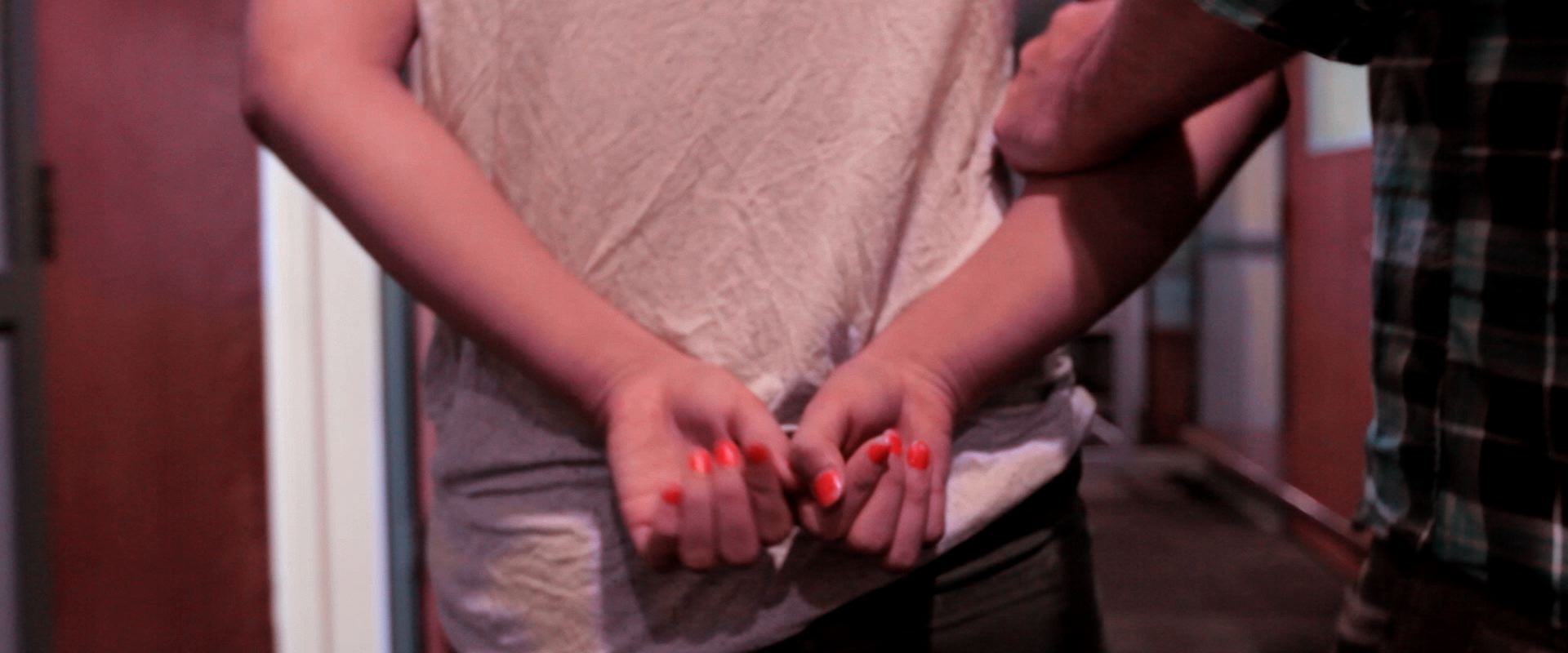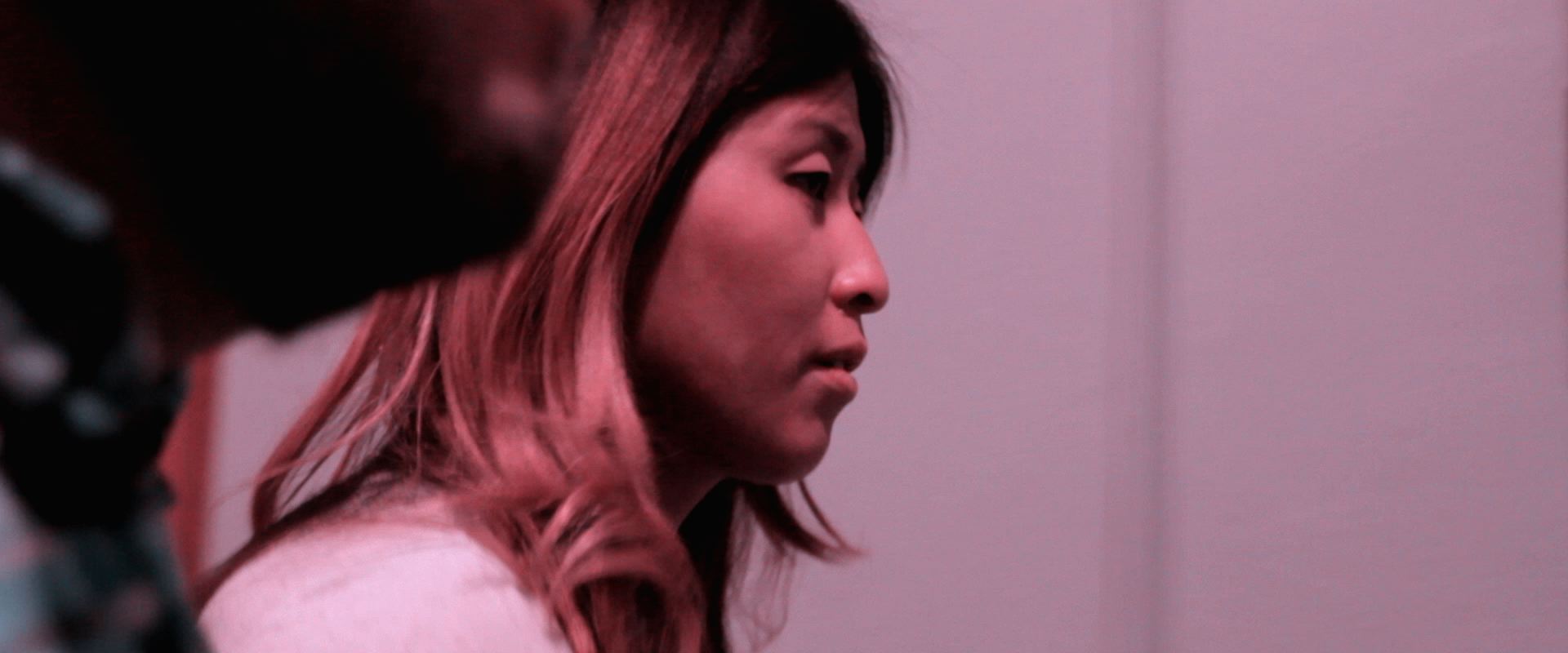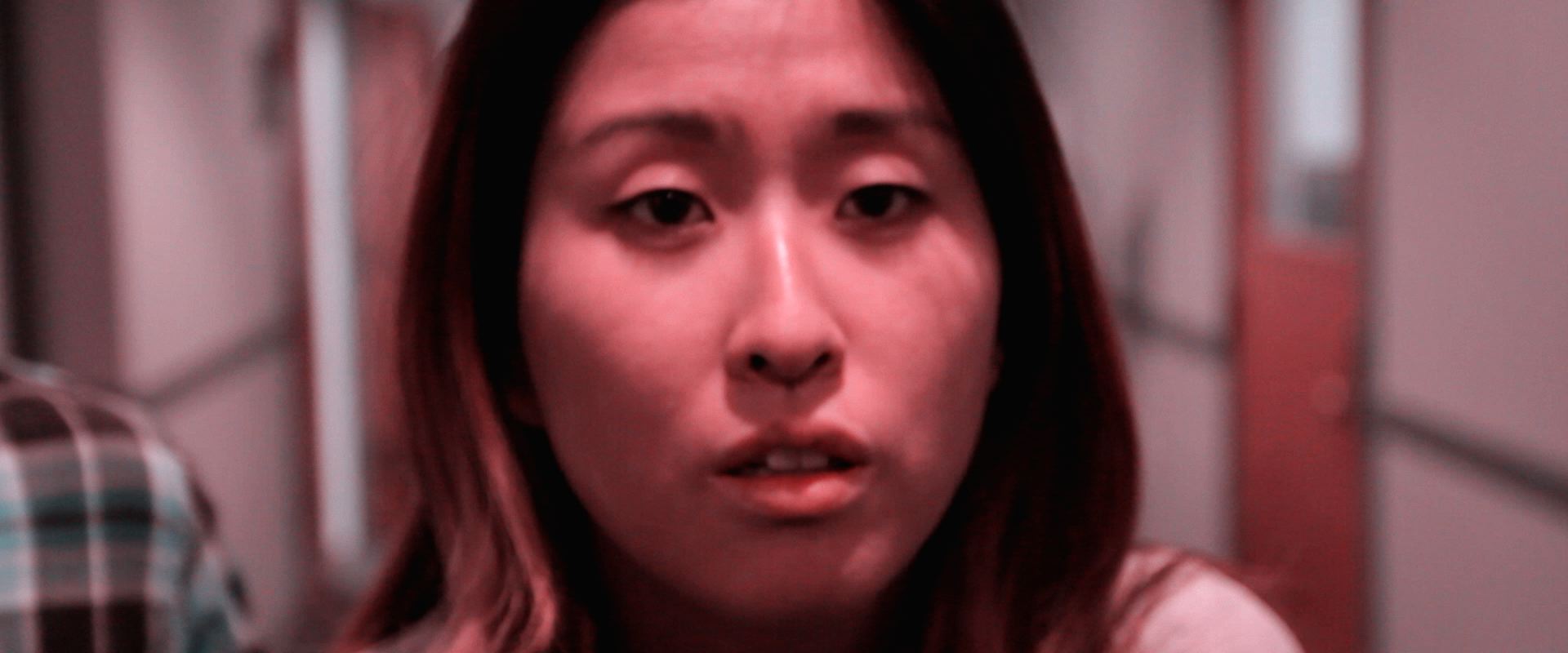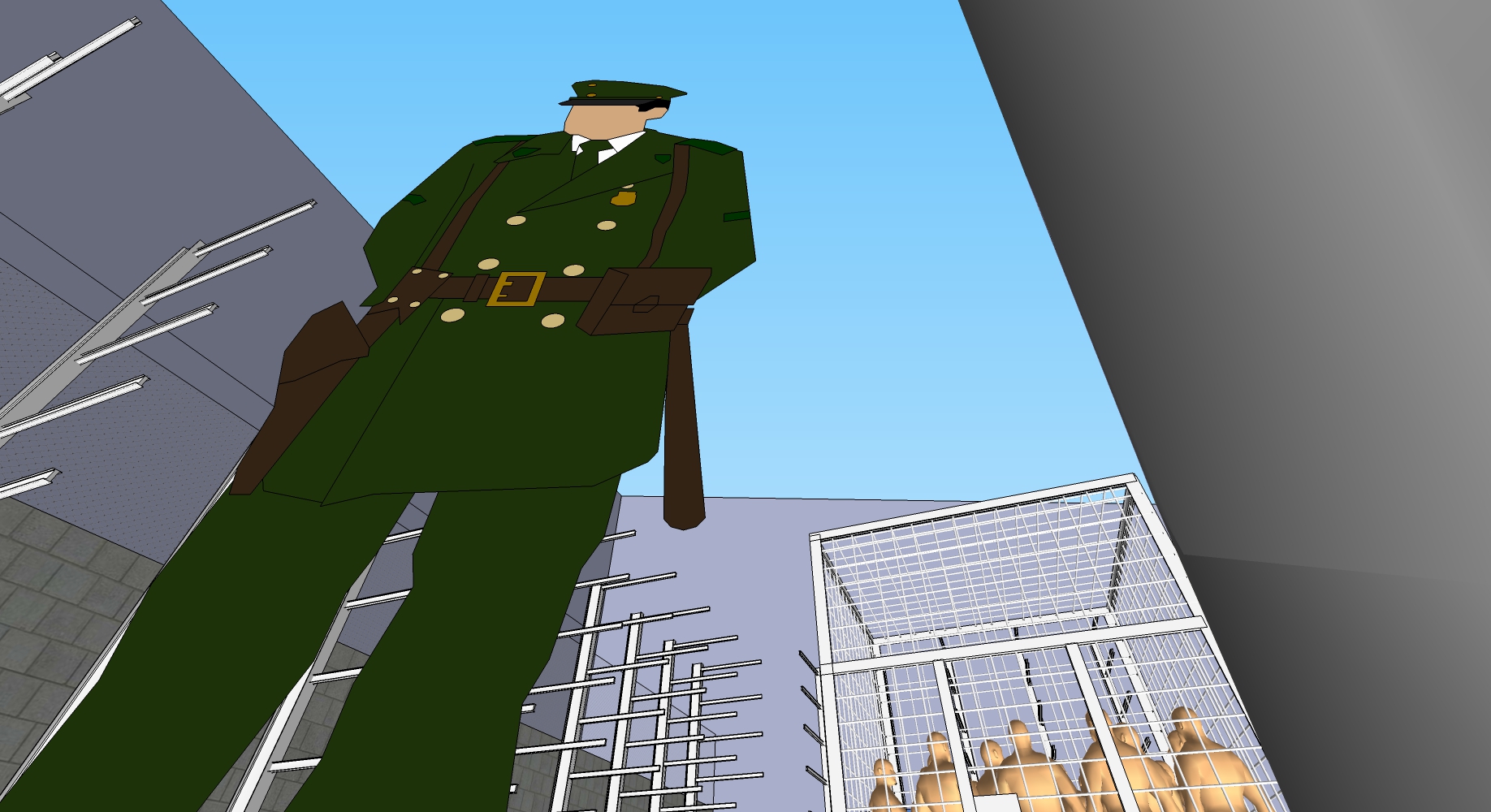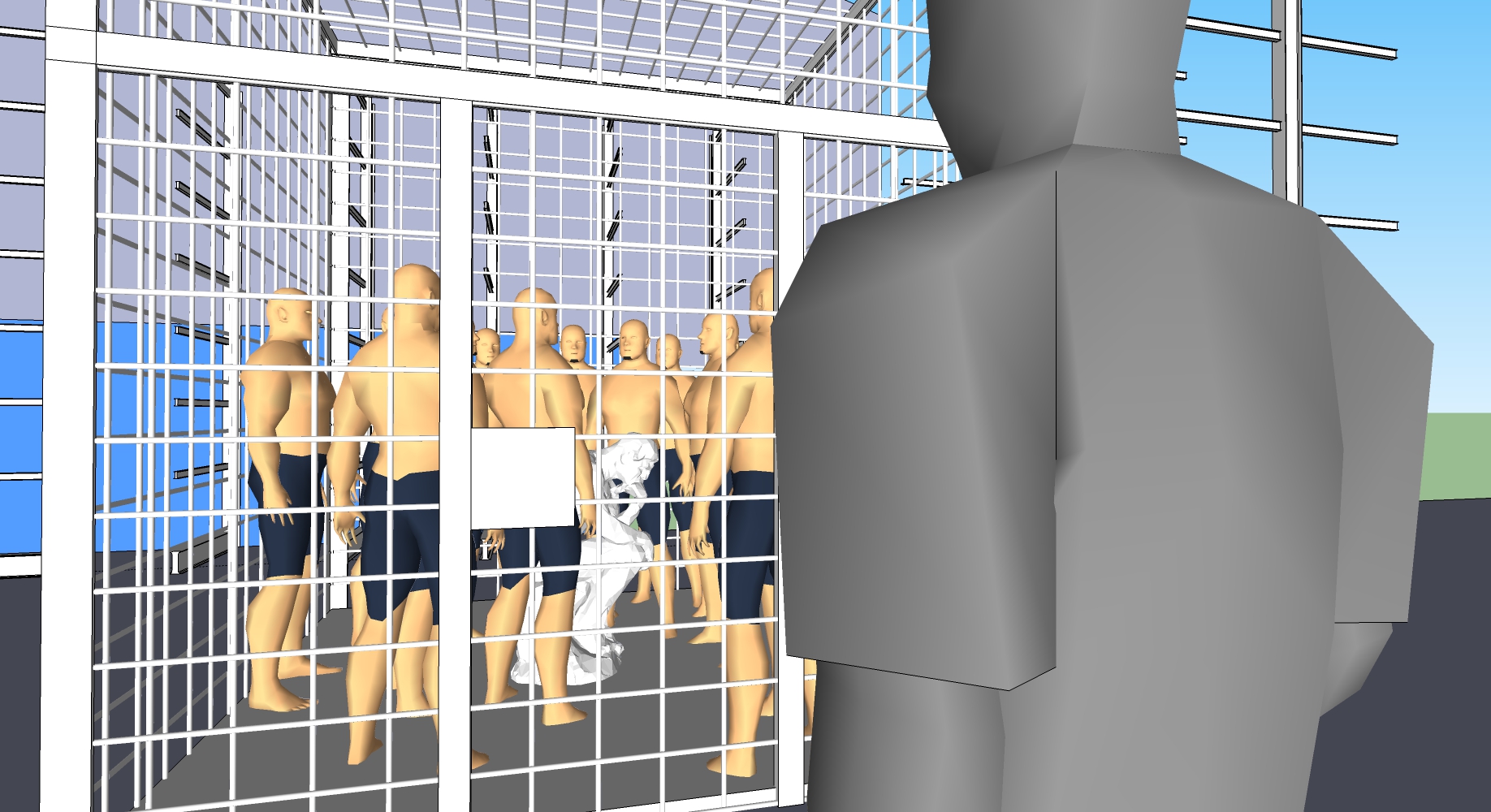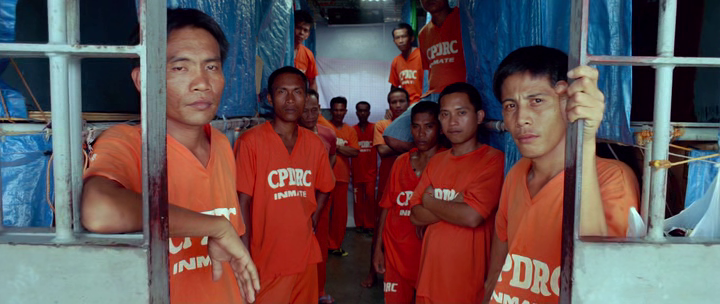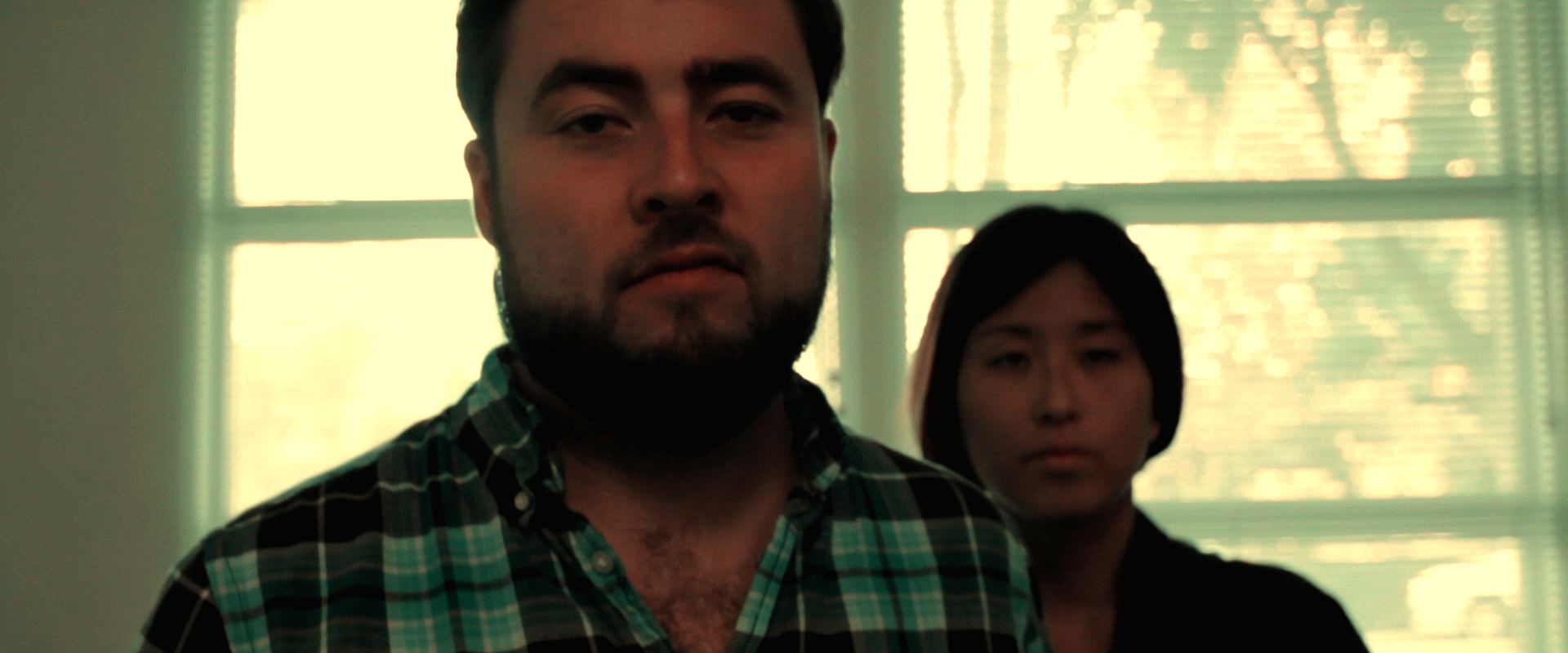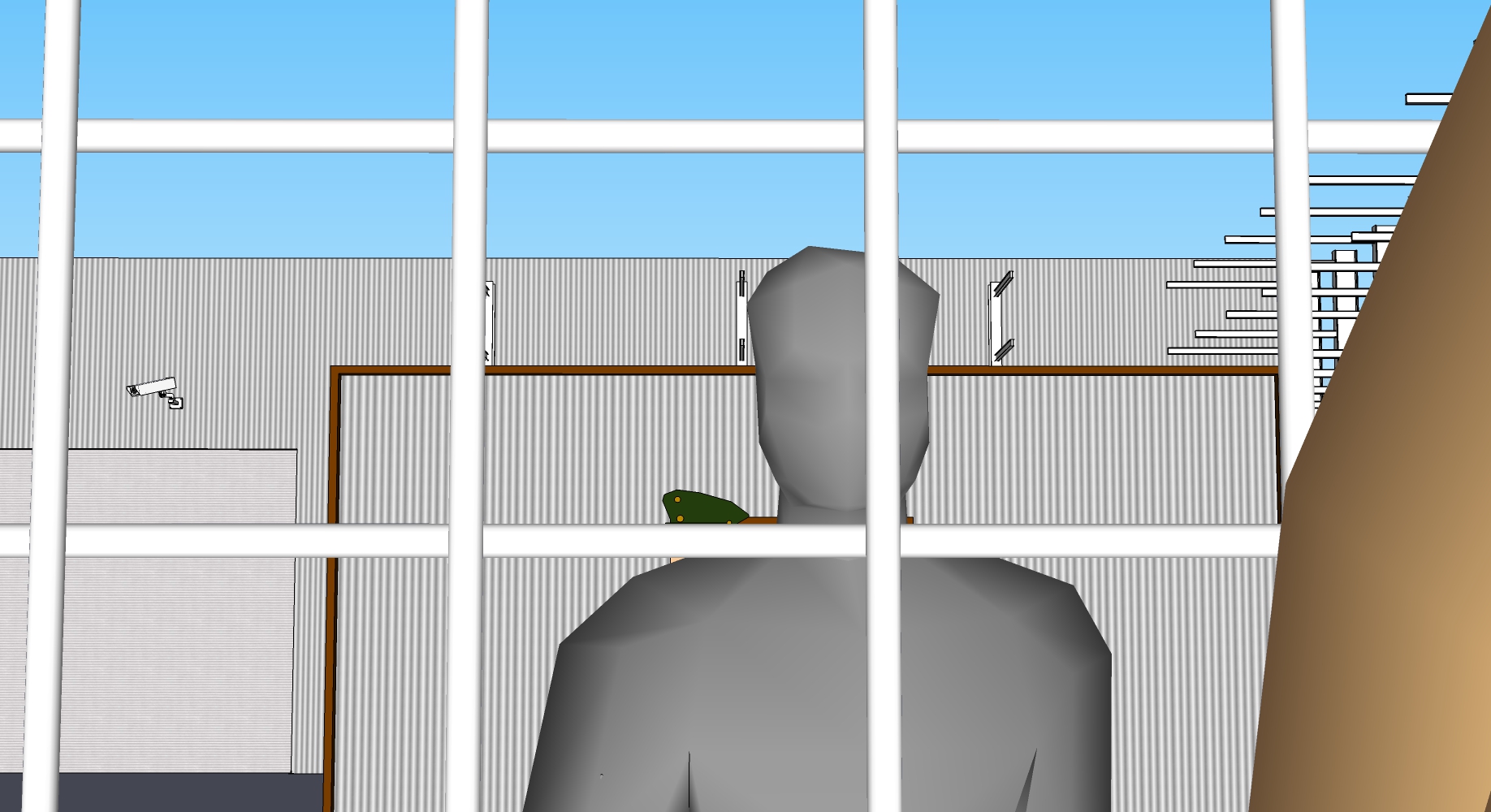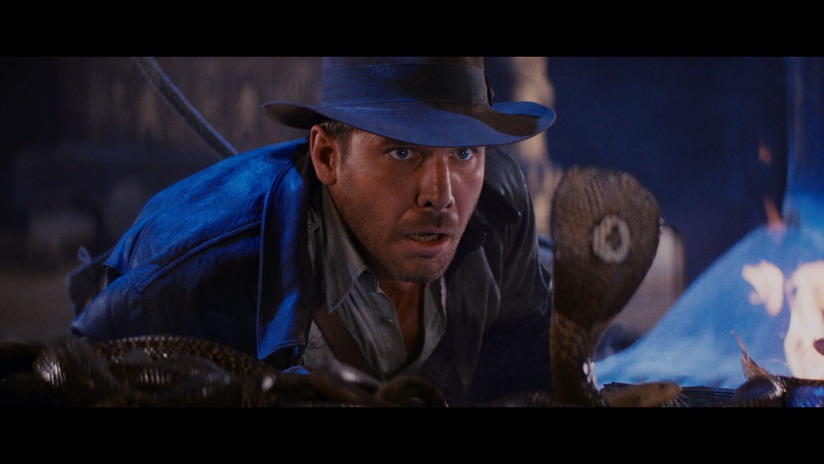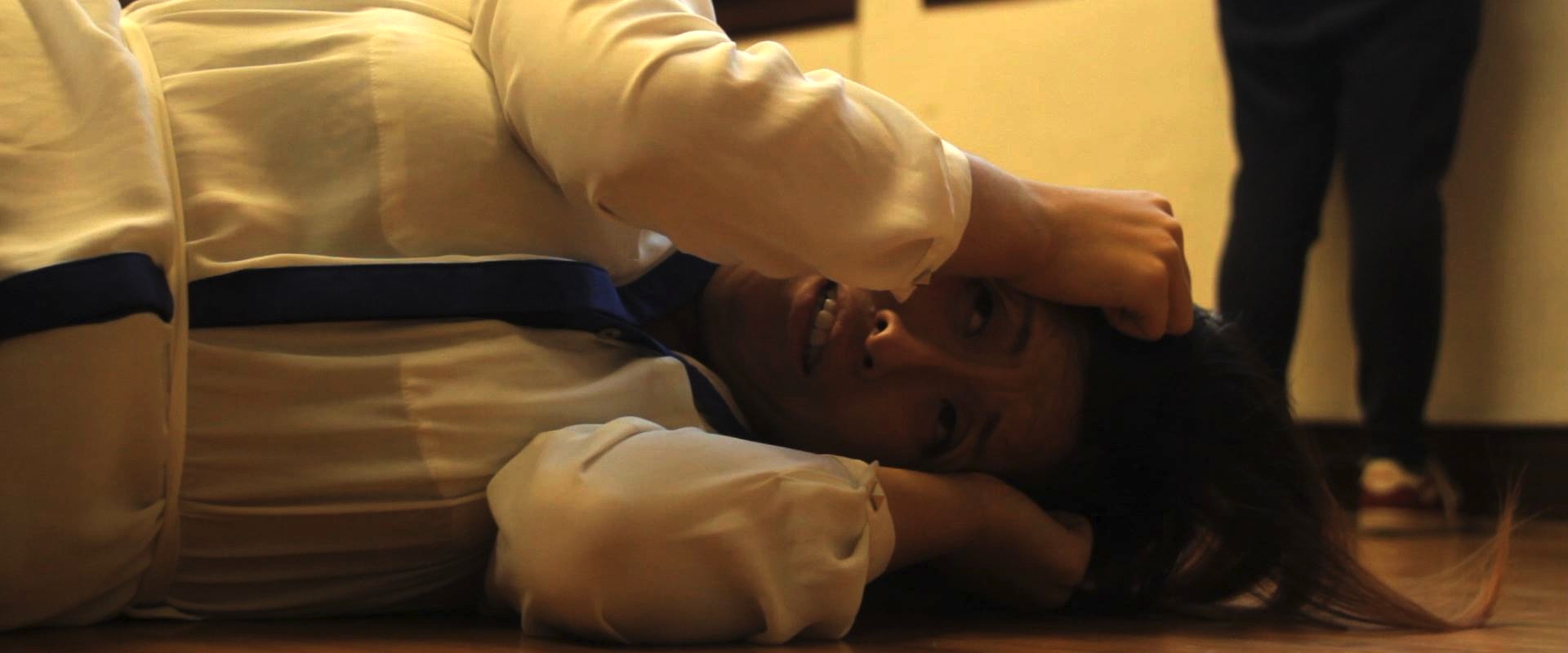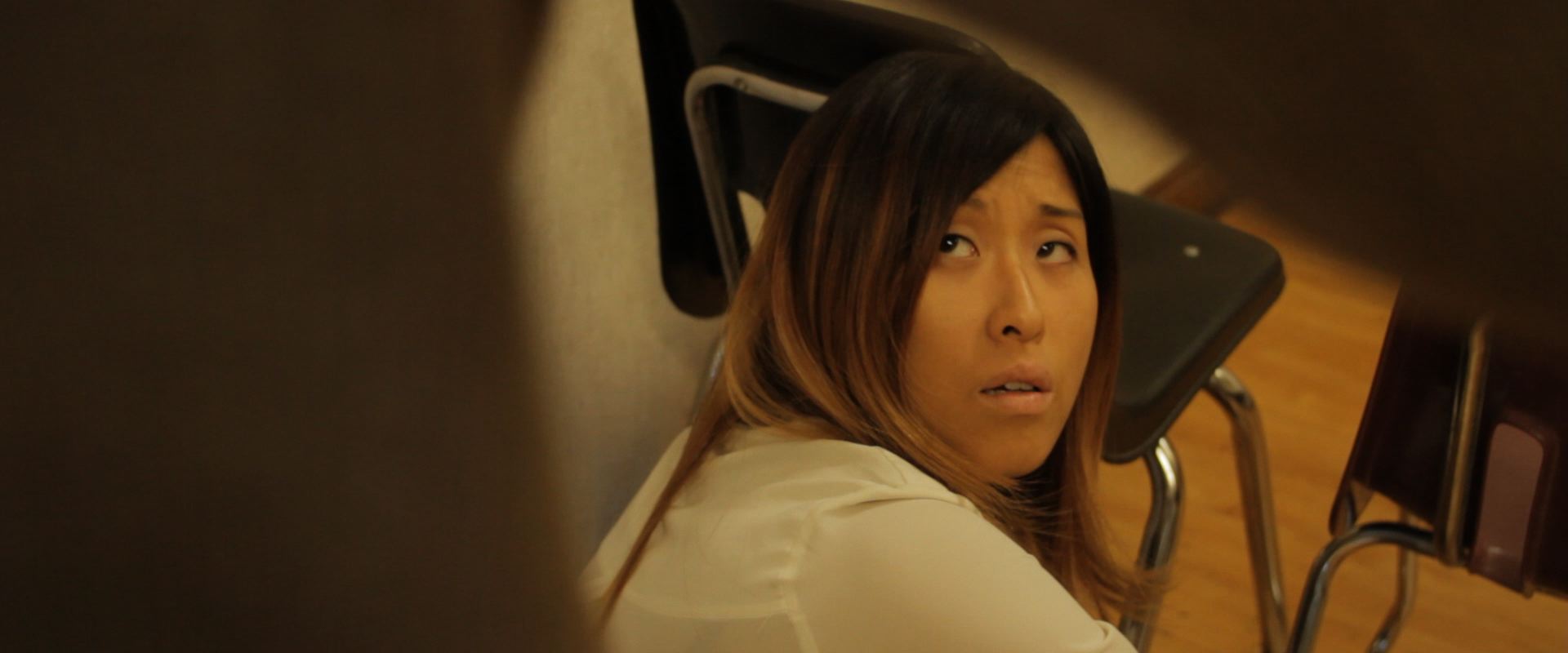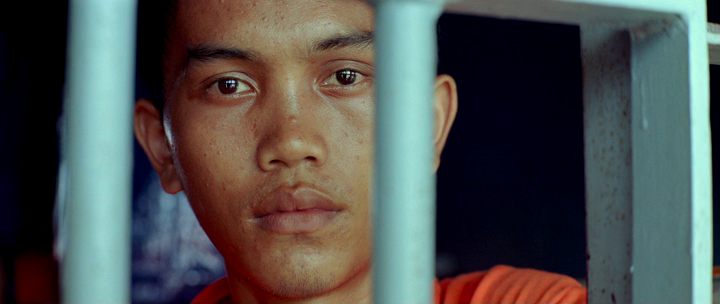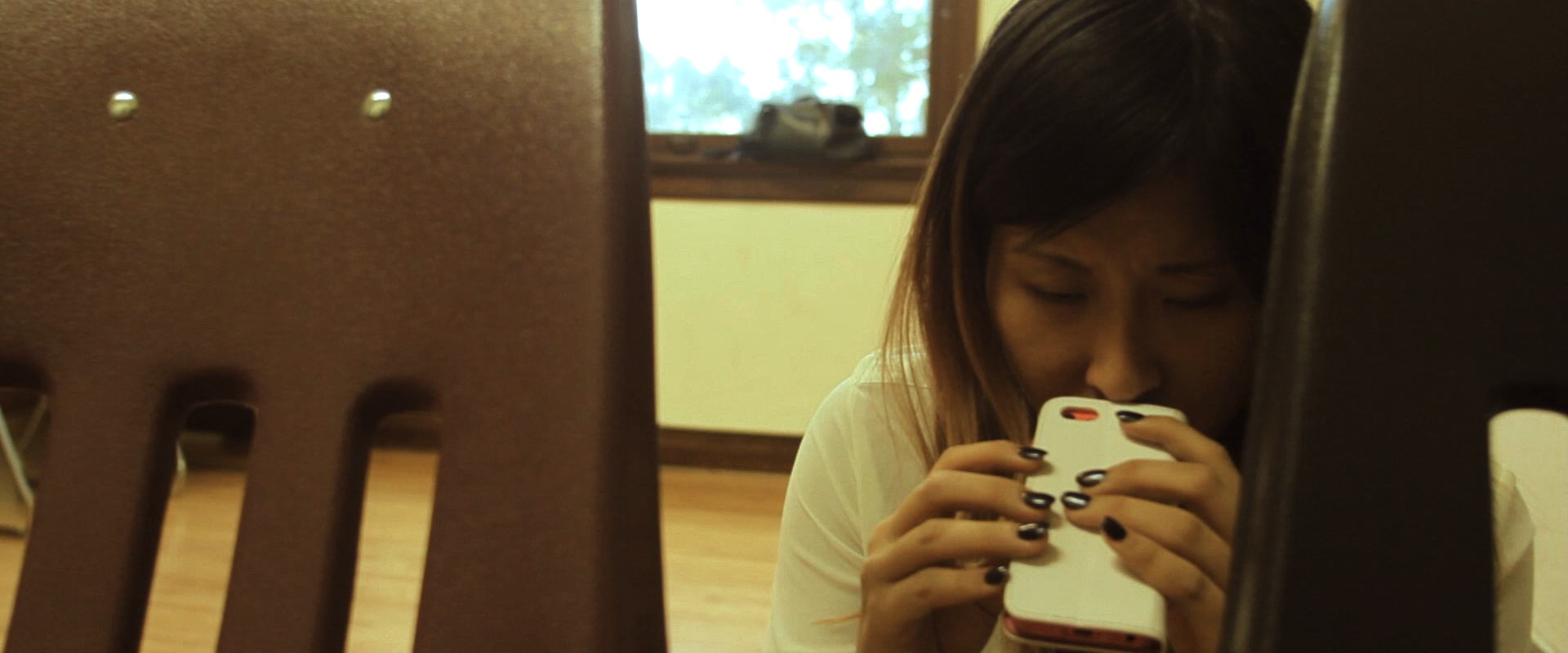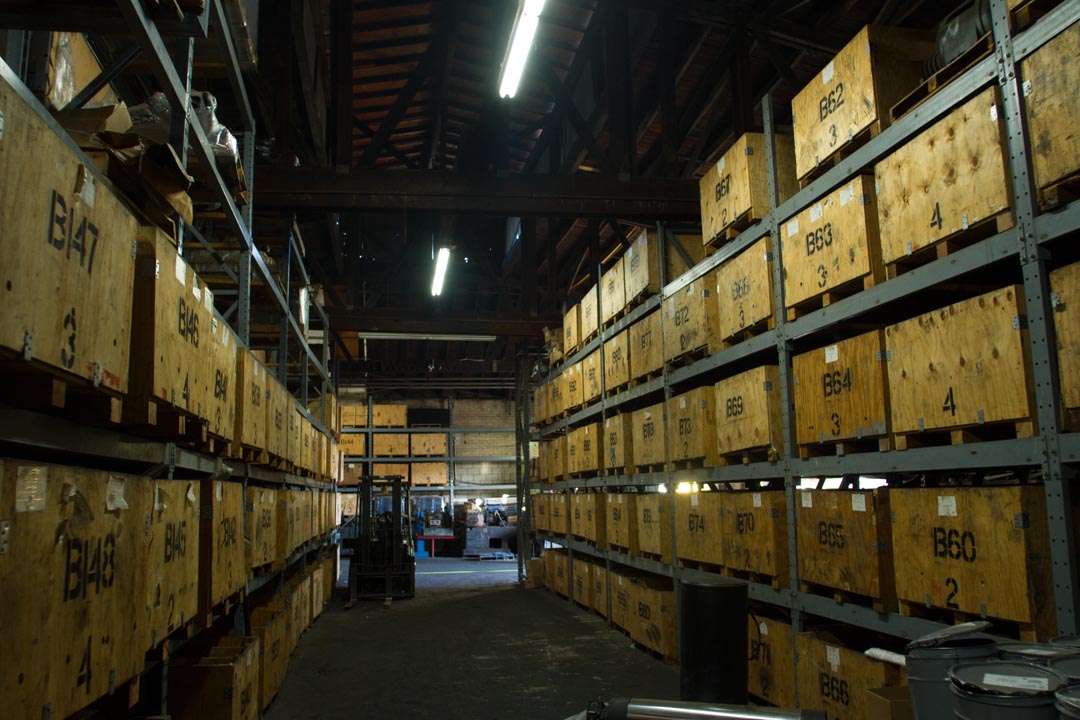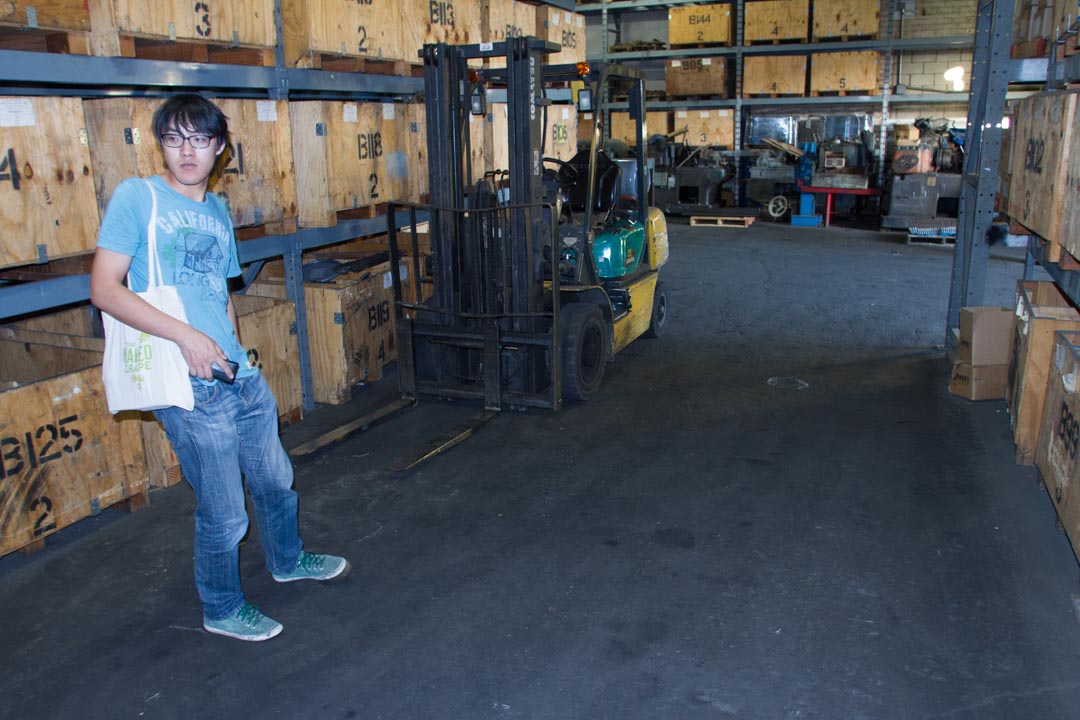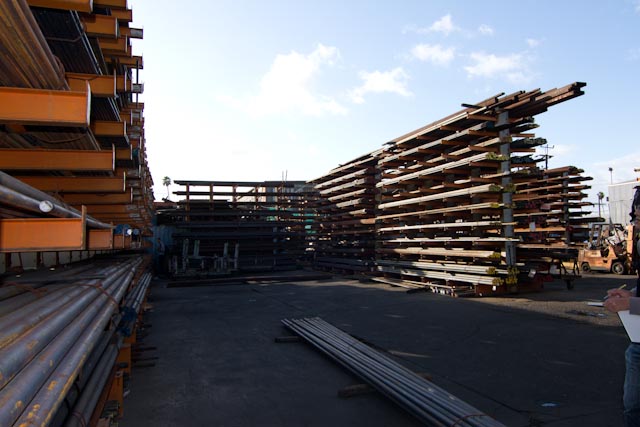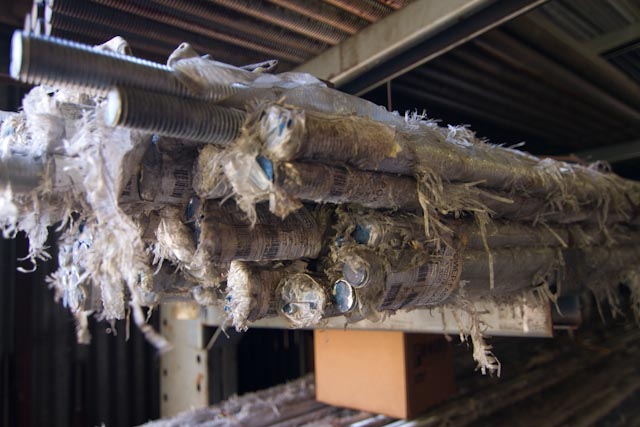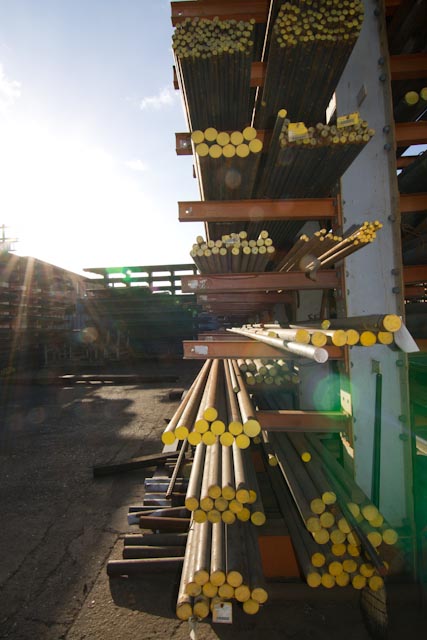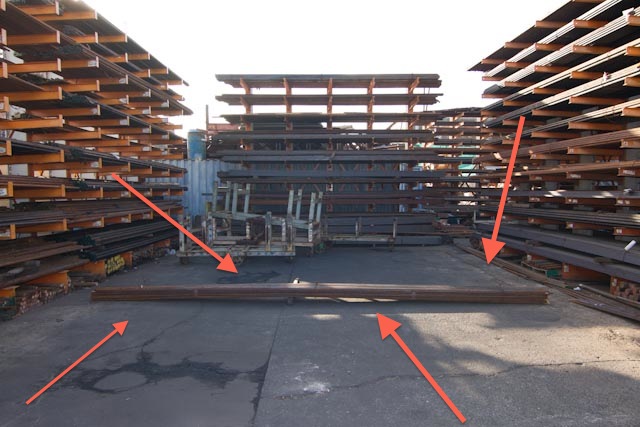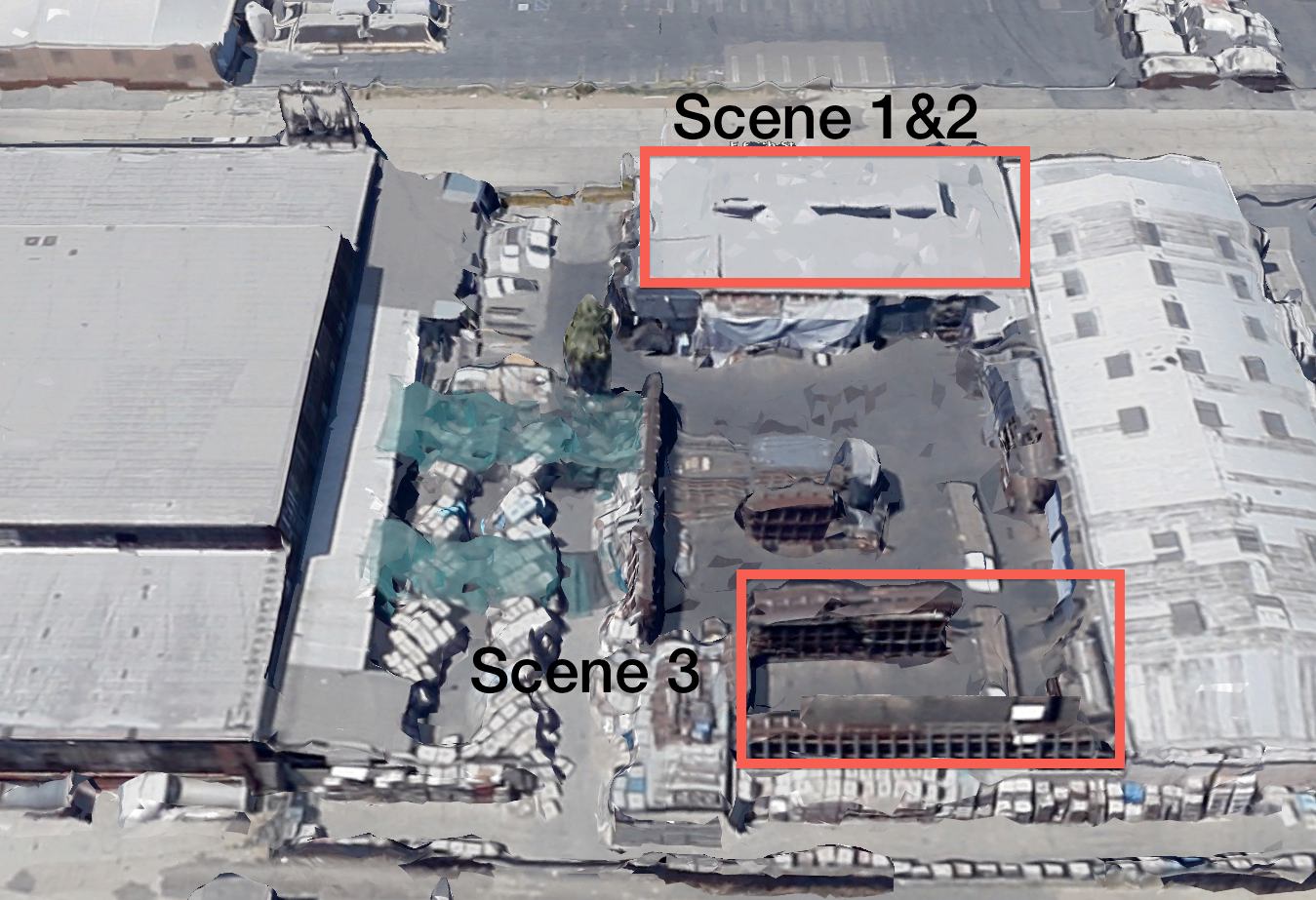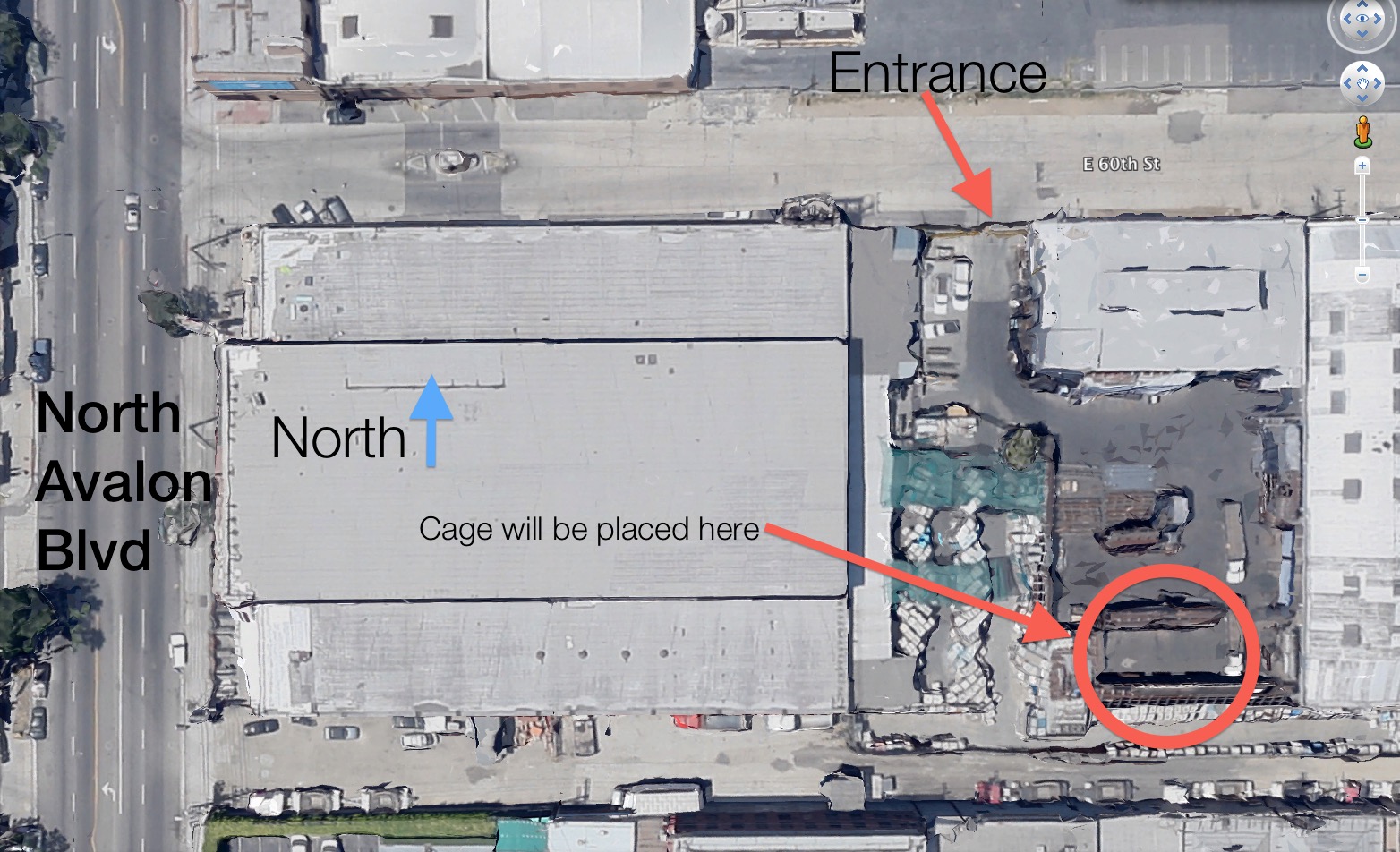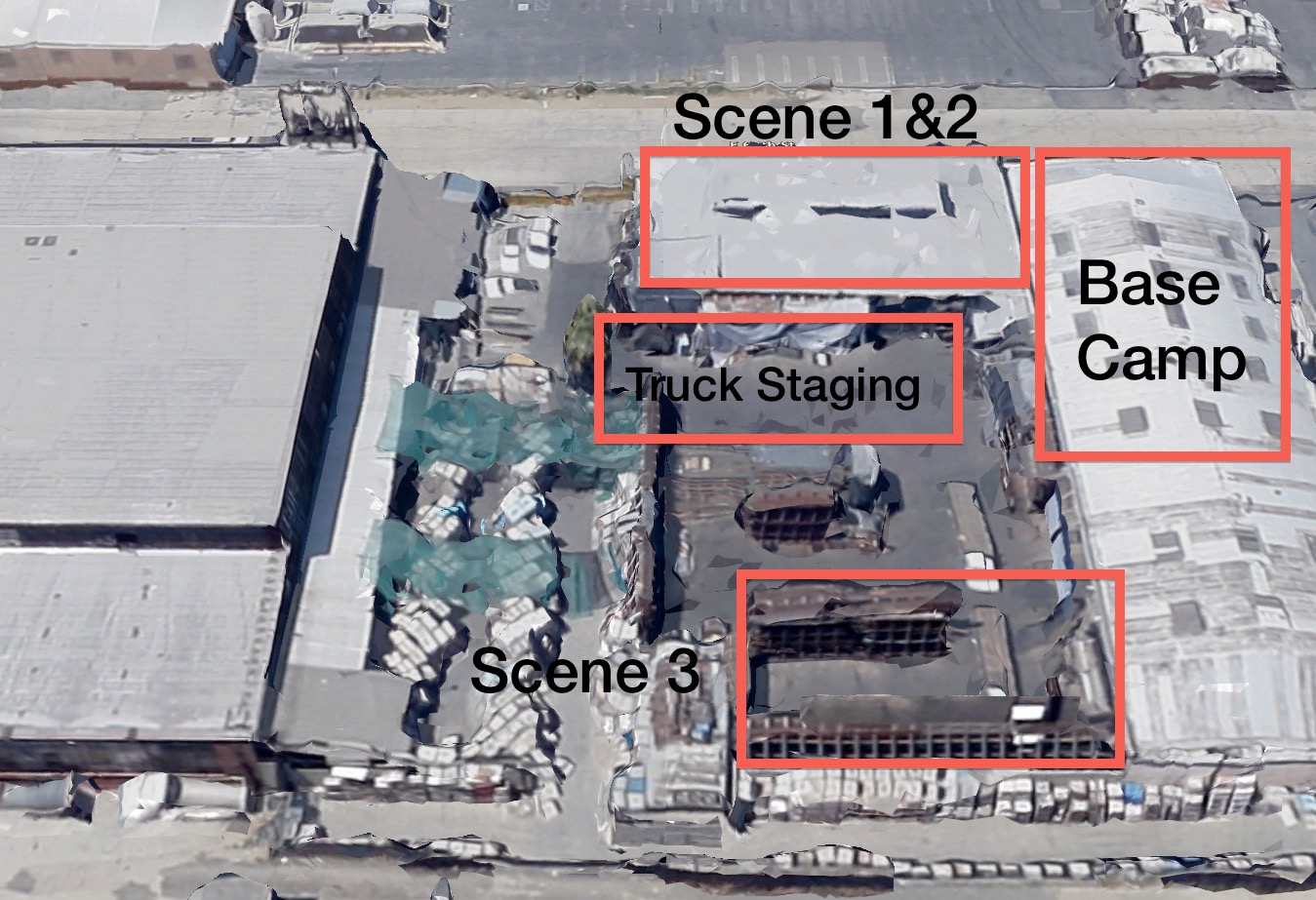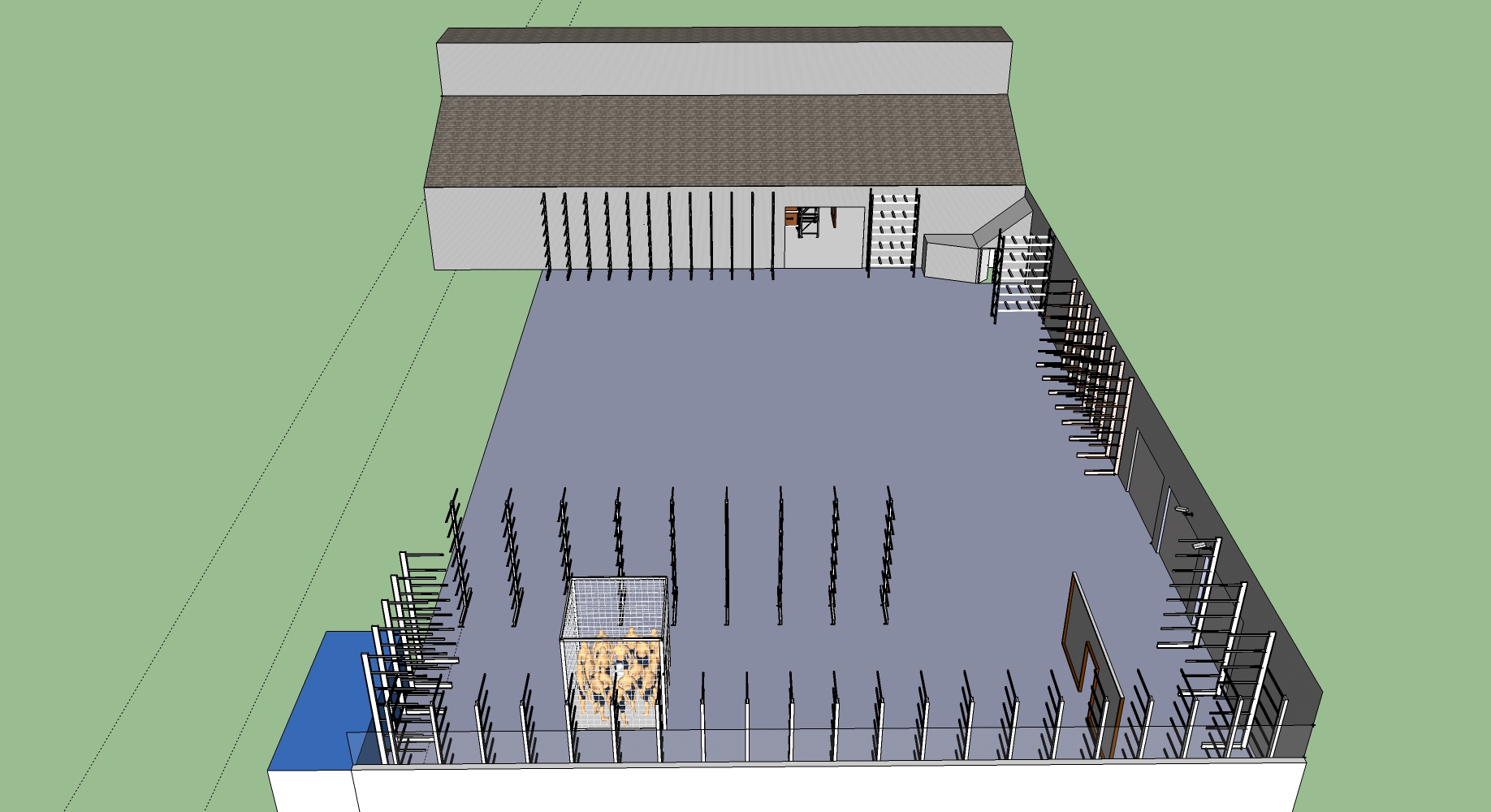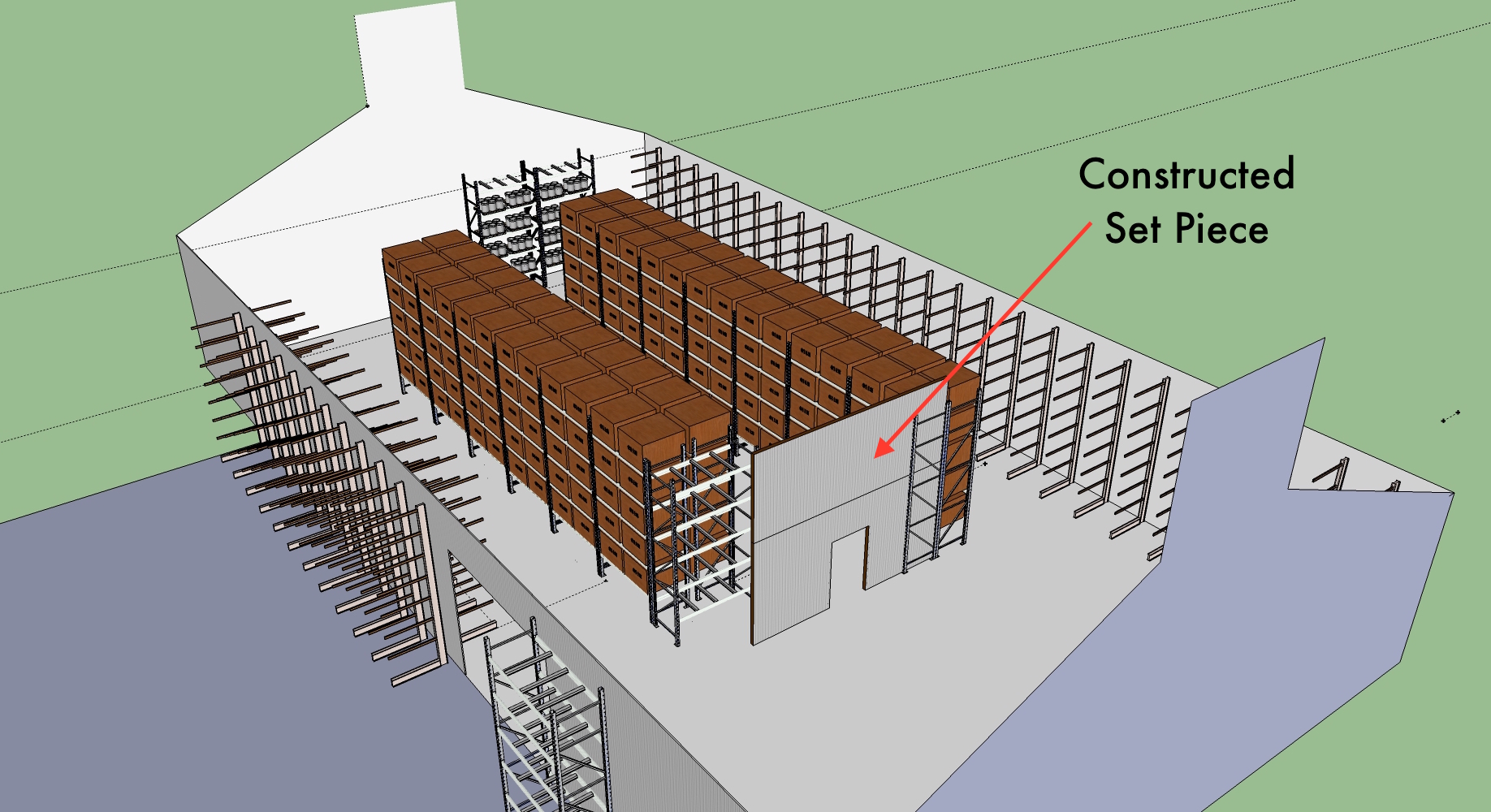So, I was working for my friend Jason Tippet on a commercial for Nordstrom recently and he told me that the client was expecting a shot in the piece that included a birds eye shot looking straight down that would pull away above kids on a football field at a high school. I had done some drone work for this company in the past so we all thought we'd go in that direction first, but we quickly realized that the drone might not be the safest idea if we were to start just feet above the kids' heads and furthermore might blow their hair around revealing that we were shooting from a weed wacker in the air. So, I told Jason that maybe a technocrane was the way to go for this. When I used to work as a camera assistant, this was the go-to solution for any kind of shot like this. I was completely off on my assumption of the price. I believe the first quotes came in at $5000 for the day. For other things you can spend $5000 on, go here
A technocrane was looking a little hefty just to get this one overhead shot for the commercial so I thought maybe it was high time that I try making a rope-cam with my gimbal. The night before the shoot, I went to REI and after a 30 minute lesson on rope strength and climbing tips, I built my rope cam in my garage. We used it the next day and to my surprise, it worked like a charm. The gimbal stabilized the majority of the shake of the rope being pulled up and I was able to remotely control a spin as we went! I've seen people do rope-cams since the introduction of the handheld gimbal, but finally getting to make one myself, I was suddenly re-invigorated by my gimbal again. So we tried to make another rope cam for the later part of the shoot and i realized I couldn't do something that I wanted to do, separate from the rope. I hadn't thought about it much until I was talking to someone about camera rigging one day and another friend of mine had mentioned that he had heard someone had made an electromagnet coupler. I thought, "that's genius!"
***One of the most important things to me in cinematography is finding the right perspective to describe an idea or an emotion. When I operate the camera, the most important part is that I can adjust nearly every aspect of the camera myself if I need to. This includes being able to grab the camera off a jib arm or a rope with full control over the moment the camera transitions.***
My First Rope Cam. Notice how the camera stays rock solid while the guide lines and pull rope move around.
So, I decided to fish around to see who would want to help make one with me. For the most part, I don't think a lot of people had the time to make it with me, but I told my friend Jeremy at DJI and he said they could use it in there cine gear Ronin MX demonstration. I had a pretty good idea of how to make one, but there were still some vague thoughts on the machining that I didn't know how to accomplish. So, I called up Alessandro di Leo at Ready Rig to see if he wanted to help and he enthusiastically jumped in with so many great ideas. We spoke for about an hour on the phone while I came up with the crude sketch you saw at the beginning of the article in Omnigraffle.
Between Alessandro and I, we ran around buying electronics, wires, hardware and climbing gear to get this project done within a week.
Below is a video of how the Magnetron worked. It contains snippets from DJI's video from Cine Gear 2016.
So there it is. However, I'm still looking for an official name. So far, Sean Bagley had the best idea; name it by the weight it can hold. Since it holds 2880 ounces and is an absurdly large number for a first model, it is named the Magnetron 2880. Email me if you have a better idea for the name.
